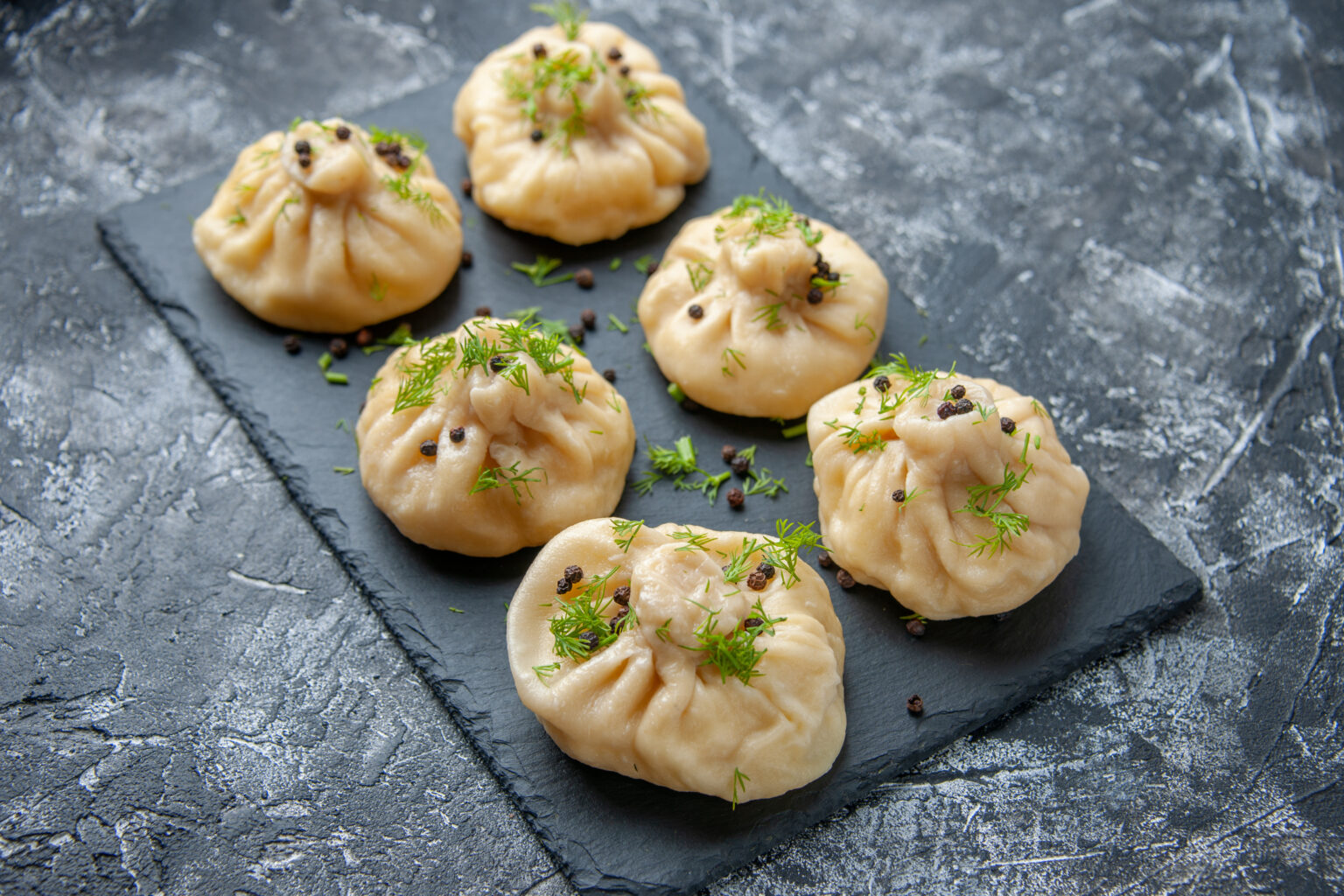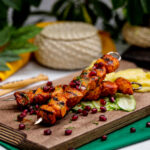Mongolia, a landlocked country in East Asia known for its vast steppes and nomadic heritage, boasts a rich culinary tradition. Mongolian cuisine reflects the country’s rugged landscape and nomadic lifestyle, with hearty dishes and flavors deeply rooted in its history. In this article, we will explore the top 10 most eaten foods in Mongolia, offering a glimpse into the diverse and unique flavors that grace Mongolian tables.
- Buuz:
Buuz, a type of steamed dumpling, is an integral part of Mongolian cuisine. These dumplings are filled with minced meat, typically mutton or beef, and seasoned with onions and various spices. Buuz is a favorite dish during celebrations and gatherings, and its tender filling and doughy exterior make it a true comfort food.
- Khuushuur:
Similar to buuz, khuushuur is a popular Mongolian dish consisting of deep-fried meat-filled pastries. The dough is folded around a mixture of minced meat, onions, and spices, creating a crispy and flavorful snack or main course. Khuushuur is often enjoyed during festivals and social gatherings.
- Tsuivan:
Tsuivan is a traditional Mongolian noodle dish that combines thick handmade noodles with stir-fried meat and vegetables. The ingredients, such as mutton, carrots, cabbage, and onions, are cooked together to create a savory and satisfying meal. Tsuivan exemplifies the simplicity and practicality of Mongolian cuisine.
- Boodog:
Boodog is a unique Mongolian culinary experience. It involves stuffing a whole goat or marmot with hot stones and vegetables, then sealing it with its own skin. The animal is cooked over an open fire, resulting in tender and flavorful meat. Boodog is a special dish often enjoyed during festive occasions and showcases the nomadic traditions of Mongolia.
- Khorkhog:
Khorkhog is a traditional Mongolian barbecue that showcases the country’s affinity for meat. Chunks of mutton are cooked with hot stones in a metal container, along with vegetables and spices. The stones create steam, which cooks the meat to perfection, resulting in succulent and flavorful bites.
- Bansh:
Bansh are small, steamed dumplings similar to buuz, but with a slightly different shape. They are typically filled with minced meat, onions, and spices, and served with a dipping sauce. Bansh is a popular street food in Mongolia and is often enjoyed as a quick and delicious snack.
- Boortsog:
Boortsog is a traditional Mongolian pastry that is widely enjoyed as a snack or dessert. These deep-fried dough cookies have a distinct shape, usually resembling a twisted knot or small squares. Boortsog is crispy on the outside, yet soft on the inside, and is often sprinkled with powdered sugar for a touch of sweetness.
- Aaruul:
Aaruul is a traditional Mongolian dairy product made from curdled milk. It is typically prepared by drying yogurt or cheese and then forming it into small, chewy pieces. Aaruul serves as a nutritious and portable snack, perfect for nomads during their journeys across the vast Mongolian landscapes.
- Guriltai Shul:
Guriltai Shul, or noodle soup, is a popular and comforting dish in Mongolian cuisine. The soup consists of handmade noodles, meat (often mutton), and a variety of vegetables. Guriltai Shul is a hearty and warming meal, especially during the cold winter months.
- Airag:
Airag, also known as kumis, is a traditional Mongolian beverage made from fermented mare’s milk. It has a slightly sour taste and a low alcohol content. Airag holds cultural significance in Mongolia and is often consumed during festive events and as a refreshing drink during summertime.
Mongolian cuisine is deeply intertwined with the country’s nomadic heritage and the demands of its rugged landscapes. The top 10 most eaten foods in Mongolia showcase a diverse array of dishes, from steamed dumplings and hearty soups to unique barbecues and dairy products. Exploring these flavors allows one to appreciate the simplicity, practicality, and rich cultural traditions of Mongolian cuisine. So, whether you find yourself savoring a plate of buuz, enjoying the warmth of a bowl of guriltai shul, or experiencing the adventurous spirit of boodog, Mongolian cuisine offers a journey of flavors and traditions that is sure to leave a lasting impression.








